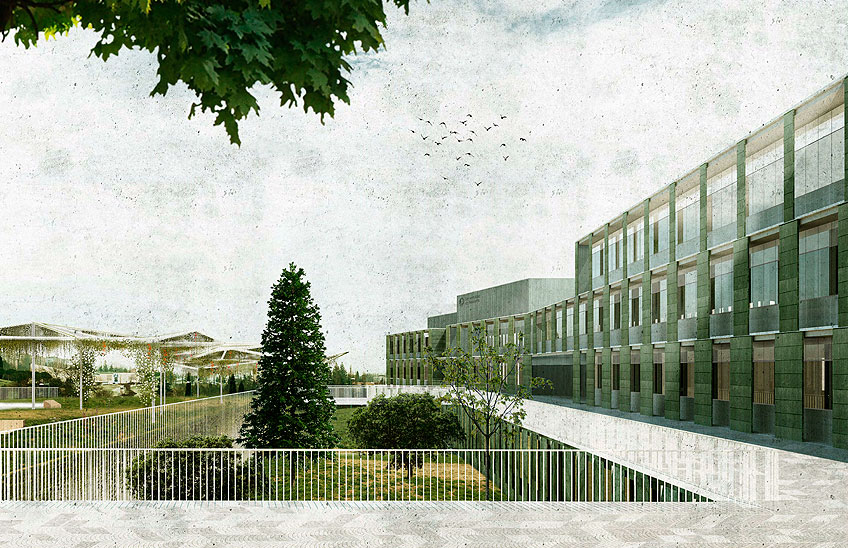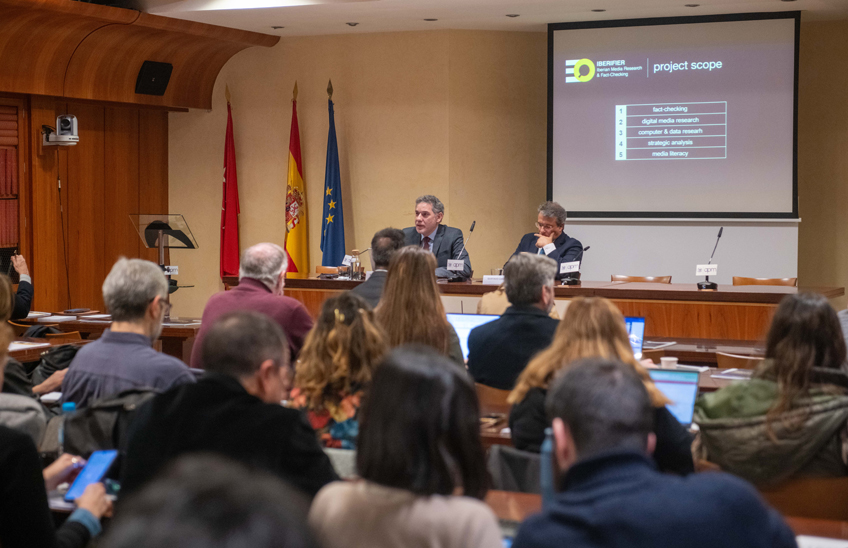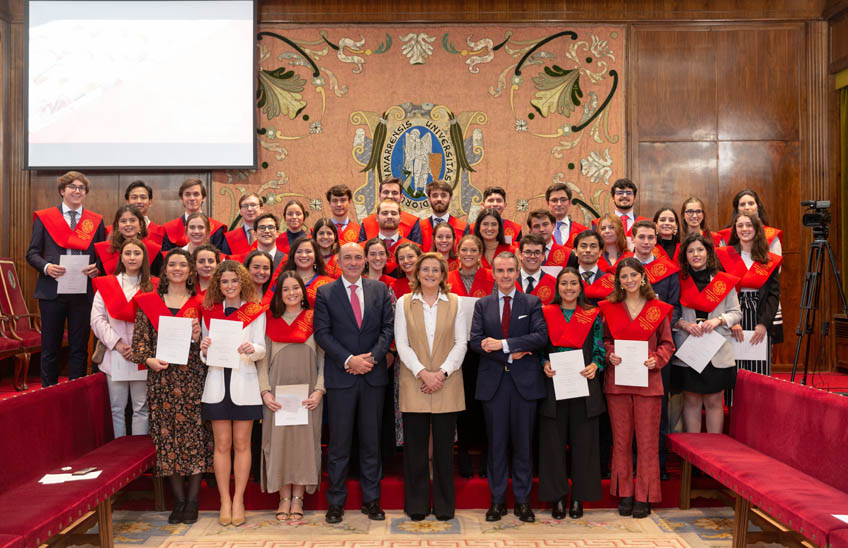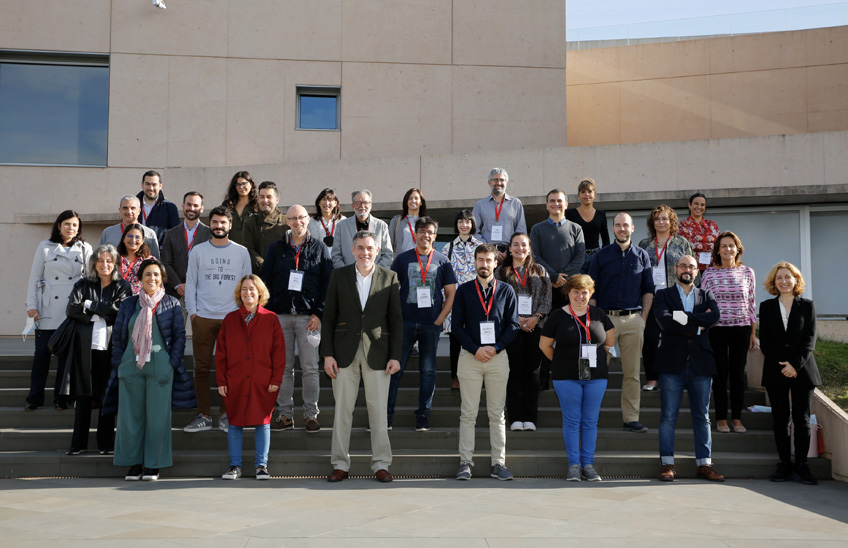20% of digital media in Spain use a co-official or foreign language
IBERIFIER, project coordinated by the School of Communication of the University of Navarra, presents the map of digital media in Spain and Portugal, and the main conclusions on misinformation in the industry.
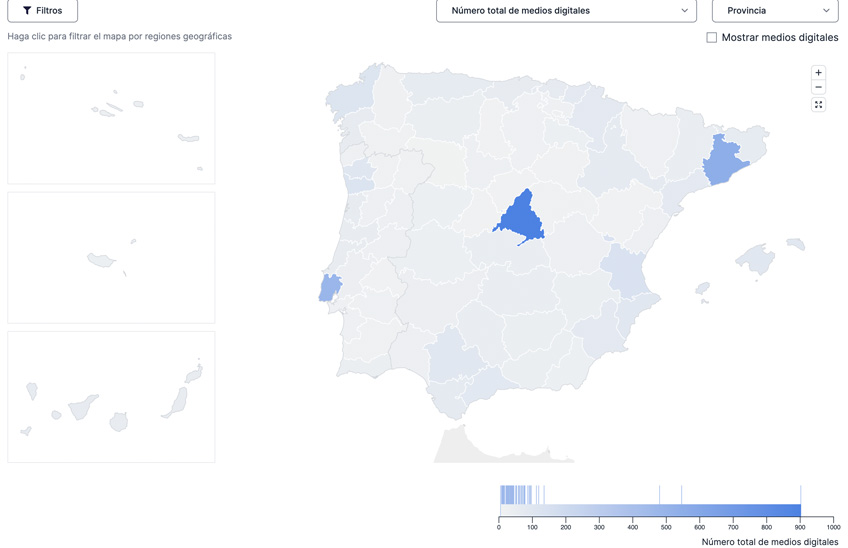
17 | 02 | 2023
The Iberian digital media observatory IBERIFIER, a project with European funding and coordinated from the School of Communication of the University of Navarra has presented two investigations: The interactive map of digital media and the report on disinformation in the industry.
The interactive map (map.iberifier.eu) locates 5,177 digital media, of which 3,948 are Spanish and 1,229 Portuguese. In addition to its geographic location, it offers data as the thematic specialization program of the media, its financing channels, the business group to which it belongs or its presence in social networks, among other details.
Among its main conclusions, the map sample shows that digital media in Spain have a great linguistic diversity. While 80% of the country's digital media are published in Spanish, the remaining 20% use a co-official or foreign language . Among the co-official languages, the most widespread is Catalan, used by a total of 612 digital media. It is followed by Basque, with 118 publications, Galician, with 113, and Valencian, with 80.
It also highlights that the territorial distribution of digital media is not homogeneous. The communities of Madrid, with 902 digital media, and Catalonia (732) concentrate 41.3% of the active digital publications in the country. At the opposite pole, more depopulated autonomous communities with less economic activity show much more modest figures.
The map also reveals that digital media tend to be concentrated in the territories with the greatest economic activity and the largest population Issue . In general, the maritime coasts gather a greater amount of digital media than inland Spain, except in Madrid, whose capital city favors a high concentration of media. In fact, the map reveals the existence of digital media deserts in Spain, in territories affected by depopulation and aging.
Ramón Salaverría, Full Professor of Journalism at the University of Navarra and researcher main of project, stressed that "after three decades of digital journalism, this map offers the most detailed x-ray of the digital media ecosystem in the Iberian territory. Thanks to the fact that the map is published under an open access licence , both the journalism industry and the academic community will be able to analyze the characteristics, trends and opportunities of digital journalism in Spain and Portugal".
Salaverría stressed that the map is born as "a living project ", open to continuous update . In this sense, he invited the editors of new digital media to request their inclusion in the map, through form available on the web to add or modify data on the media.
report Iberian on disinformation
On the other hand, Carolina Castro-Moreno, Professor of Journalism at the University of Valencia and member of the IBERIFIER observatory, presented the report about The Impact of Disinformation on the Media Industry in Spain and Portugalavailable on the website project. The report provides clues about the confidence of Spanish and Portuguese societies in journalism, the working conditions of professionals and the verification processes in the media industry. The study was conducted on the basis of a survey survey of 1,165 people, 54.5% of whom were from Spain and 45.5% from Portugal. It also includes the results of thirty interviews with media executives in both countries.
Among the results of the survey in Spain, the high frequency of consumption of journalistic information stands out: 80.8% of respondents say they consult news almost daily. It also points out the distrust of citizens in the media; the majority of respondents (75%) say they trust "little", depending on the topic in question. On the other hand, the study sample that Whatsapp is perceived as the mobile messaging platform where most hoaxes are spread (78.6%), followed by Facebook Messenger (29.5%) and Telegram (28.7%).
The study also covers other issues related to Spanish citizens' trust in institutions. A total of 89.6% of those surveyed consider researchers or experts to be the most trustworthy professionals, followed by journalists (58.4%) and healthcare professionals (38.5%).
In interviews with media executives, they emphasized the role of journalists as "firewalls" against disinformation. However, they recognize that they must improve their skills to identify hoaxes and develop tools to detect and neutralize disinformation.
About project IBERIFIER
The IBERIFIER observatory is an Iberian alliance of universities, verifiers and research centers promoted by the European Commission to combat disinformation in Spain and Portugal. Endowed with 1.47 million euros, it is led by Ramón Salaverría, Full Professor of the School of Communication at the University of Navarra. The group of work is made up of more than 70 researchers from 23 institutions: twelve universities, five verifiers and news agencies, and six other multidisciplinary research centers.
The University of Navarra's Strategy 2025 aims to contribute to the sustainable development that today's society needs through its research, professor and healthcare work, and at partnership with other corporations. Caring for people and the environment is at the center of all its projects. The area of research seeks to generate positive social impact and advances in Sustainability, with special attention to the Environment and Biodiversity, Society and Digital Communication and the work, Care and development of people.

